
This is a question that normally assails us when the car no longer starts and we have to go somewhere. Luckily, you can always resort to calipers, roadside assistance or the typical push method. But, once we have got out of trouble, we must hit with the new battery that we are going to put.
For this reason, although we are not in this emergency situation, it is convenient to inform ourselves so that when the time comes don't catch us by surprise. A battery lasts approximately four years, except for the one that comes with the vehicle from the factory, which usually lasts much longer. However, there always comes a day when everything is over and the car does not start.

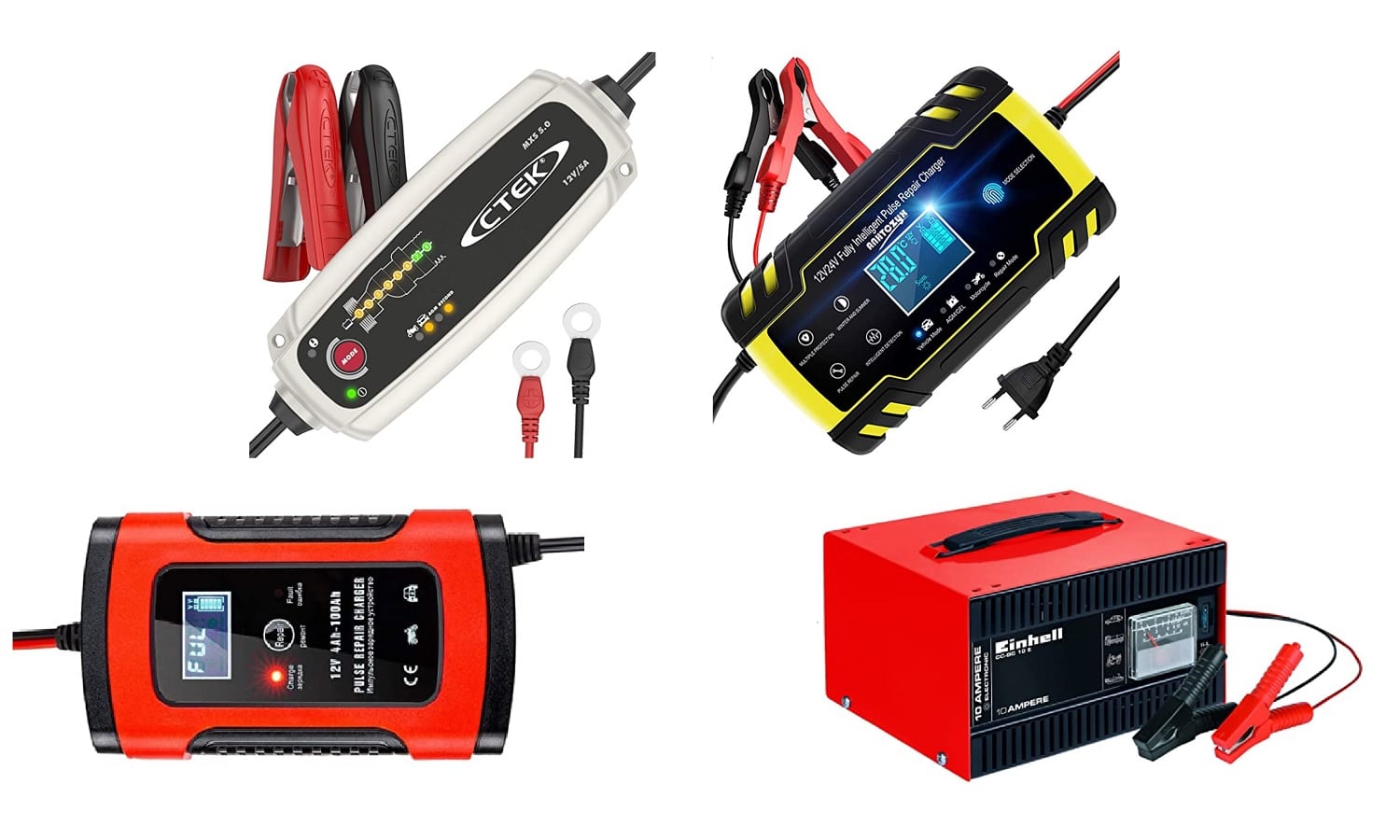
What battery does my car have?

Release there are plenty of batteries. However, not all are valid for our model. That is why we must have a good eye when we go to buy a new one and look at the battery installed in our car.
There are three important numbers to keep in mind:
Battery capacity in Ah (Amps/hour)
Indicates the amount of energy it can store Battery. The higher this number, the more capacity it will have, so it will take longer to fully download. Diesel and/or large engines require batteries with more Ah so as not to discharge in a few starts.
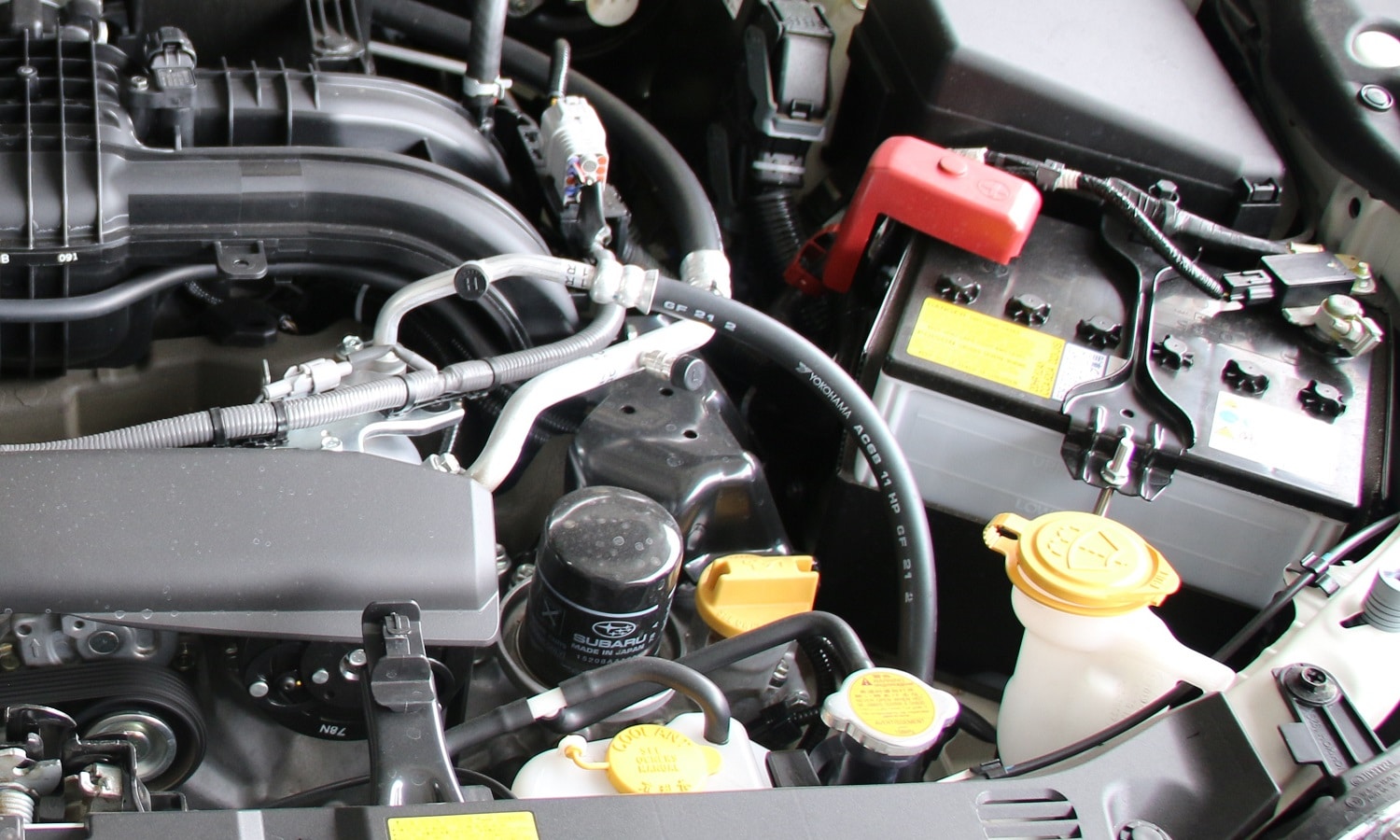
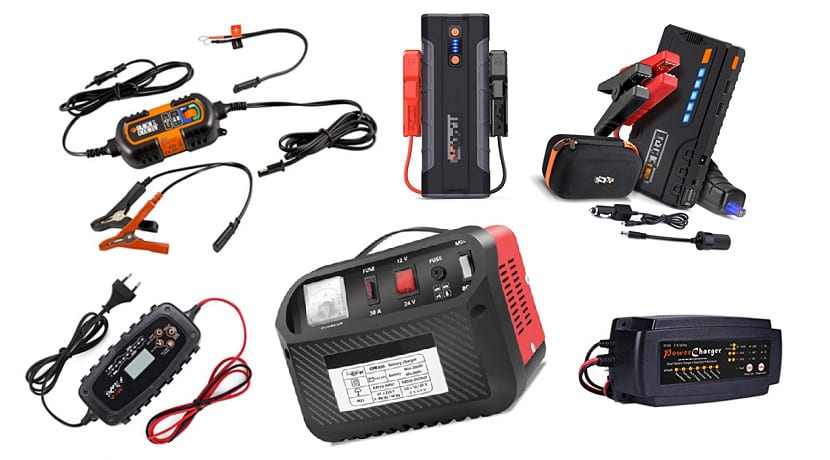
cars with systems start / stop they also require more capacity, to compensate for the greater number of starts they have to make. Although there are also specially designed ones for that purpose, so check if it is indicated when you go to buy one.
- What happens if I put a battery with a higher amperage/hour? Nothing at all, as long as the difference isn't too big. It is an option that many users opt for due to their special circumstances. For example, people who use car sockets for a long time with the engine off require larger batteries. That is the case of those who play a very powerful music system at parties or other events.
However, if the battery you put in the car has much more capacity, you can end up damaging the alternator due to overexertion. Since it is in charge of charging it when the engine works, it will work harder to fill it. - Is it possible to put a battery of less amps/hour? It is not a very good idea, because if the manufacturers chose that capacity, it is for a reason. You may find yourself stranded sooner than you think if you choose one with less Ah. Remember that if these batteries are completely discharged, they end up spoiling.
The most common capacities are: 40 Ah, 44 Ah, 45 Ah, 52 Ah, 55 Ah, 60 Ah, 62 Ah, 70 Ah, 72 Ah, 74 Ah, 80 Ah, 85 Ah, 95 Ah, 100 Ah, 110 Ah .

Battery cranking power in A (Amps)
This is the intensity of electricity which is able to release the battery when activated. The higher this number, the more intense the current it generates and the more force the device can move. starter. As with the Ah, the A have to be more abundant in diesel and/or large engines.
- What happens if I put a higher amperage battery? When a battery with more A is put in, the starter motor can work harder. Something that is useful in very cold climates.
However, there are two important issues to keep in mind:
1. If you put more A than indicated by the manufacturer, the most normal thing is that the battery also has more Ah. Therefore, you can fall into the problem of excess capacity that we have mentioned before. That is, the alternator is damaged by overexertion.
2. Nor should a battery with much higher starting power than indicated be put in for another reason. Some modern cars have more delicate and complex components. Therefore, it cannot be guaranteed that it will tolerate this higher starting power well, if it is much higher. There are so many models with their particularities, that you may not get along with this change and you may shorten the useful life of some of its components.
For these reasons, we recommend that you do not put a battery with much more starting power to your car. Especially if it's modern. Consult an expert who knows your specific model, to find out how far you can go. - Can you put a battery of less amps? This should not be done, because the car may not have enough power to start or other functions.

The most common starting powers are: 300 A, 330 A, 400 A, 440 A, 470 A, 540 A, 630 A, 640 A, 680 A, 700 A, 740 A, 780 A, 800 A, 830 A and 920 A.

V (Voltage) of the battery
Traditionally, the voltage in a conventional car is always 12 V, while in heavy vehicles it goes up to 24 V. Now there are also a few passenger cars with microhybridization with 24 V and 48 V batteries, although they usually keep the 12 V for conventional functions. These batteries with higher voltage are used to power electric motors with a few HP of power, which help combustion in some circumstances.
What happens if I put a higher voltage battery? This does not have to be done under any concept, because you would cause serious damage to the vehicle's electrical system. The vast majority of cars use 12 V, although in any case it is a value that is difficult to ignore because it is well indicated on all batteries.

Other car battery issues
Terminal position
You also have to pay attention to the position of the terminals, especially if the car is Asian. In many cases they are special batteries and we must be very careful when selecting a battery, since we can make mistakes.
If for whatever reason, you have no other option but to put a battery in your car with the terminals upside down, check beforehand that the cables of your car have enough length and space to put it properly or if it has the right hole to put it in the other sense.
Battery size
When you put a new battery in your car, make sure it fits in the hole. As you may have seen, you can put batteries with a little more Ah and A in your car, within limits, but this usually means a larger size. Use the meter to measure how much space you have, before buying a different one.
It is not usual, but if the one you buy is smaller, you should also make sure that it will be well secured with the anchoring systems of your car. We tell you that it is not usual because you should not put batteries with less A or Ah than those indicated in your car.
when to change it
Old car batteries they were giving signs that they were already nearing the end of their useful life. Unfortunately, many modern cars do not give advance warning and simply stop starting when you least expect it.
Note that it is normal that current batteries last about four years (the ones that come from the factory can last much longer). That way you won't be so surprised when the time comes. If you are going to change it yourself, it is worth having one prepared in advance.
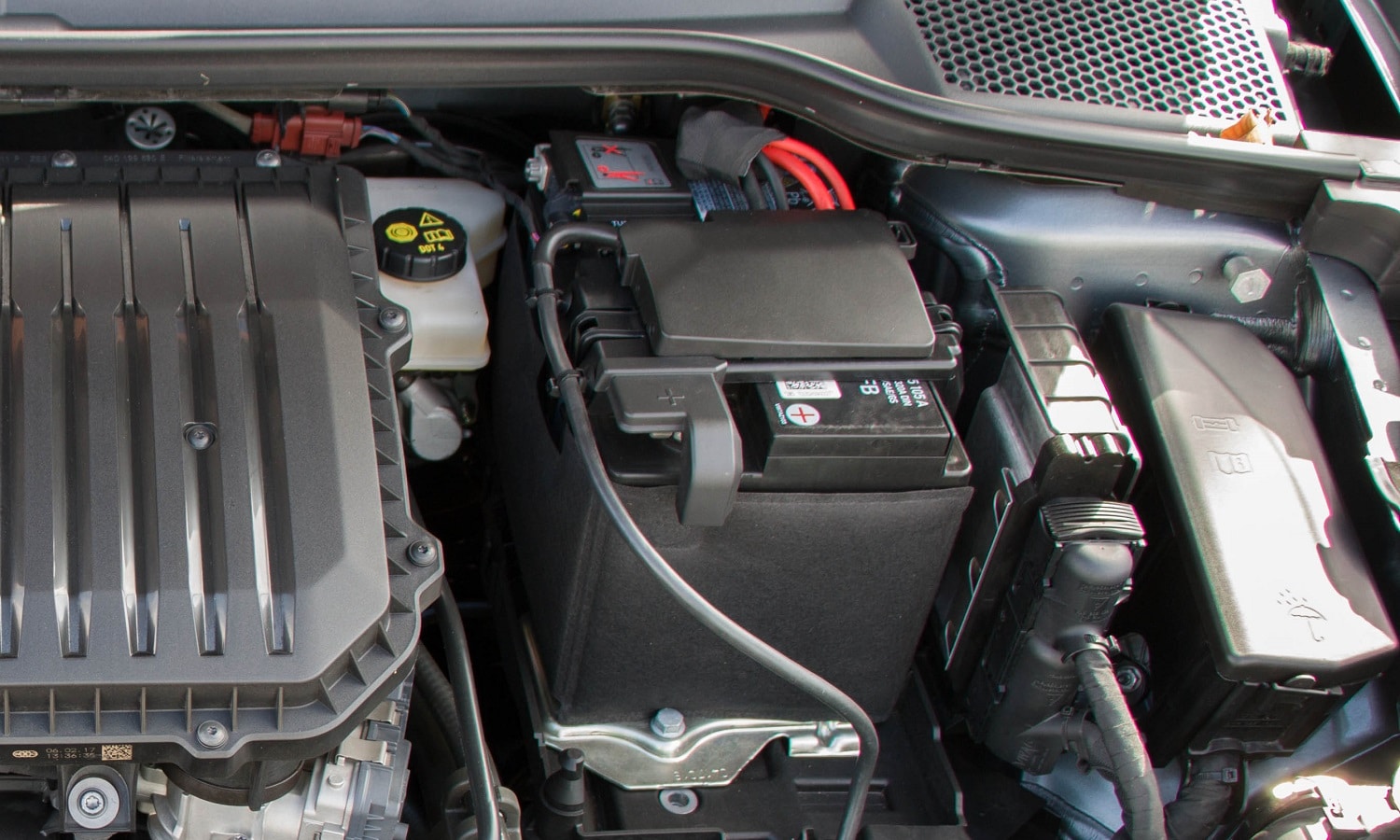
If these notions do not apply to your situation, you can also check yourself what the current state of your battery is. As indicated in the following section.

How to check car battery
For know exactly how much life your battery has left, there is very simple method. In the following video you can see how to check the battery status with a few simple steps:
As you can see, it is about measure the voltage of the battery after charging it. In addition to a quick review Alternator to rule out that the problem is in it and it never charges the battery well.
If you take the workshop to do the periodic checks, it is normal for them to inform you of the state of the battery. there you can make an informed decision. If that is not your case or you do not want to wait for the next visit to the mechanic, you can do it yourself with a multimeter. Anyone with the ability to measure low voltages is worth it, for example the one from neoteck or JZK. These are the steps to follow:
- Set up the multimeter in direct current at 20 V. It usually comes with a V symbol followed by a long bar with two or more smaller bars below it. Put the wires into the correct inputs: the black or negative in the common (COM) hole and the red or positive in the volts (VΩHz) hole.
- The battery must be charged, that is, having driven the car a few times to load it.
- Then, download it a bit turning on the lights with the engine off for a couple of minutes. This will eliminate misleading results in the test you are going to do.
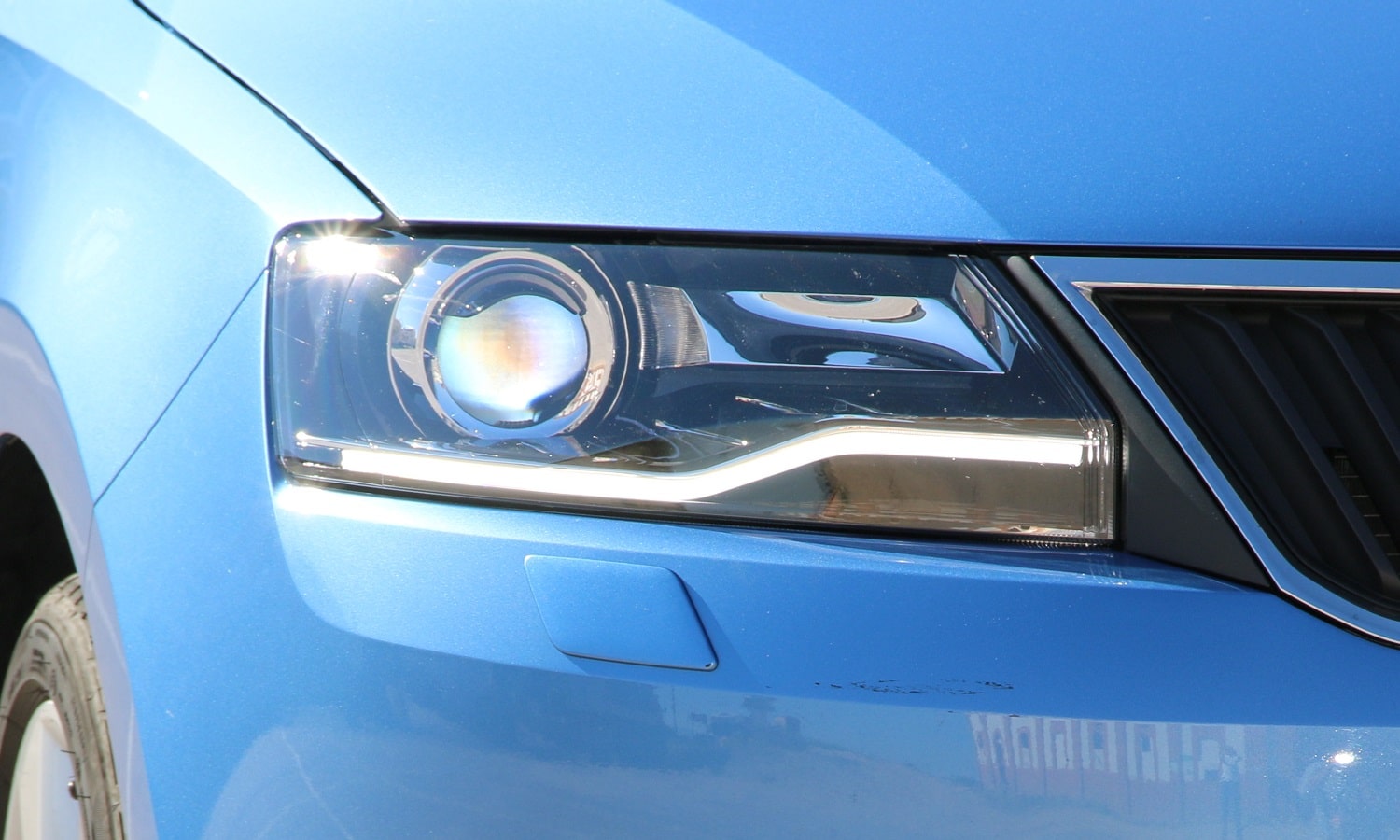
- Turn off the lights, as well as any electrical device in the car, and put the contact wires in the terminals battery as appropriate: negative to negative (black) and positive to positive (red). Make sure the wires touch the metal well without dirt getting in the way of contact.
- On the voltmeter screen you will get the voltage delivered by the battery:
-
- should be between 12V and 13V so that the battery is fully functional for the time being
- a value close to 12V indicates that the battery begins to lose capacities
- a value below 12V It's already worrying, but if it reaches 10V it means that the battery is in poor condition and it is normal that it is not recoverable
At any rate there are faults that can cause premature deterioration. For example, leaks caused by some equipment or component in poor condition. In the following video we show you how to check if your battery has energy losses that shorten its useful life:
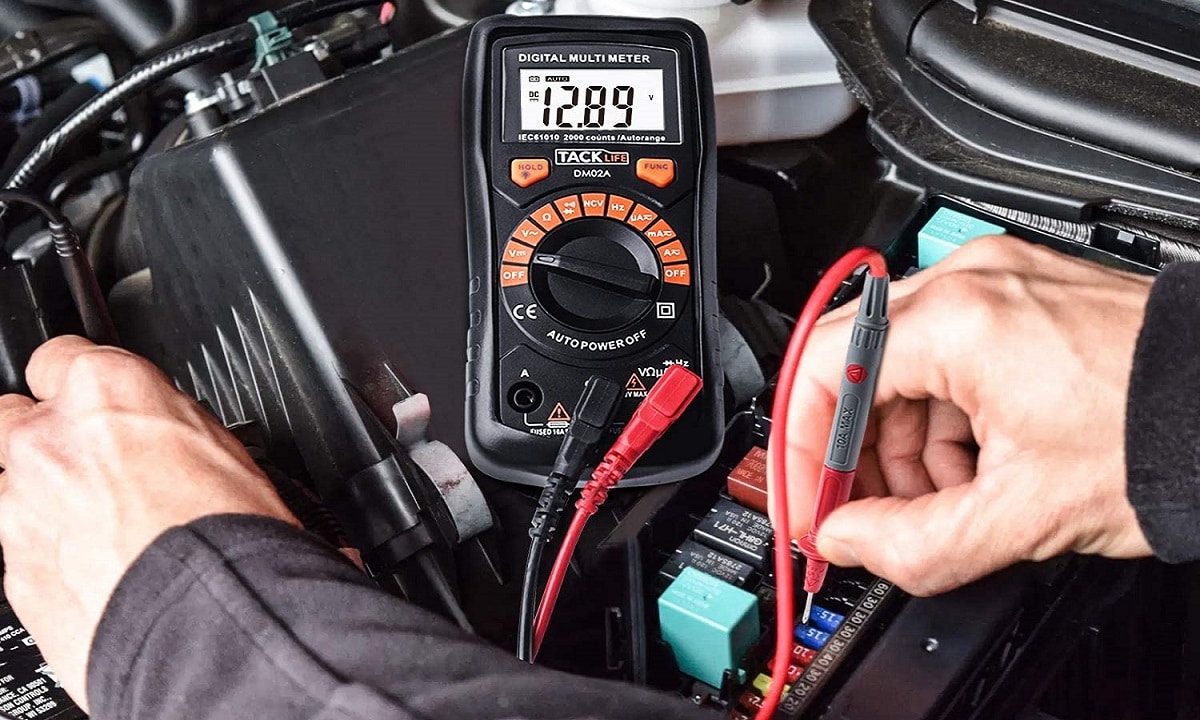
How to change the car battery
It is an operation that can normally be done by anyone, except in the most modern cars that require some more electronic details. In any case, in the following video you can see how it is done safely:
Or if you prefer it in writing, the steps to follow are:
- open the casing or case where the battery is inserted. It usually has tabs to lock the lid.
- Unhook the negative terminal. You will need a crescent wrench or socket wrench of the proper size. Place the cable in such a way that it cannot touch anything.
- Unhook the positive terminal and reposition the cable so that it does not bother you when removing the battery.
- remove the anchors that secure the battery in place. It is usually a screw on one of the sides that leaves it stuck to the bottom. You will need a screwdriver or socket wrench of the appropriate length.
- take out the battery and put it in a safe place out of reach of children.
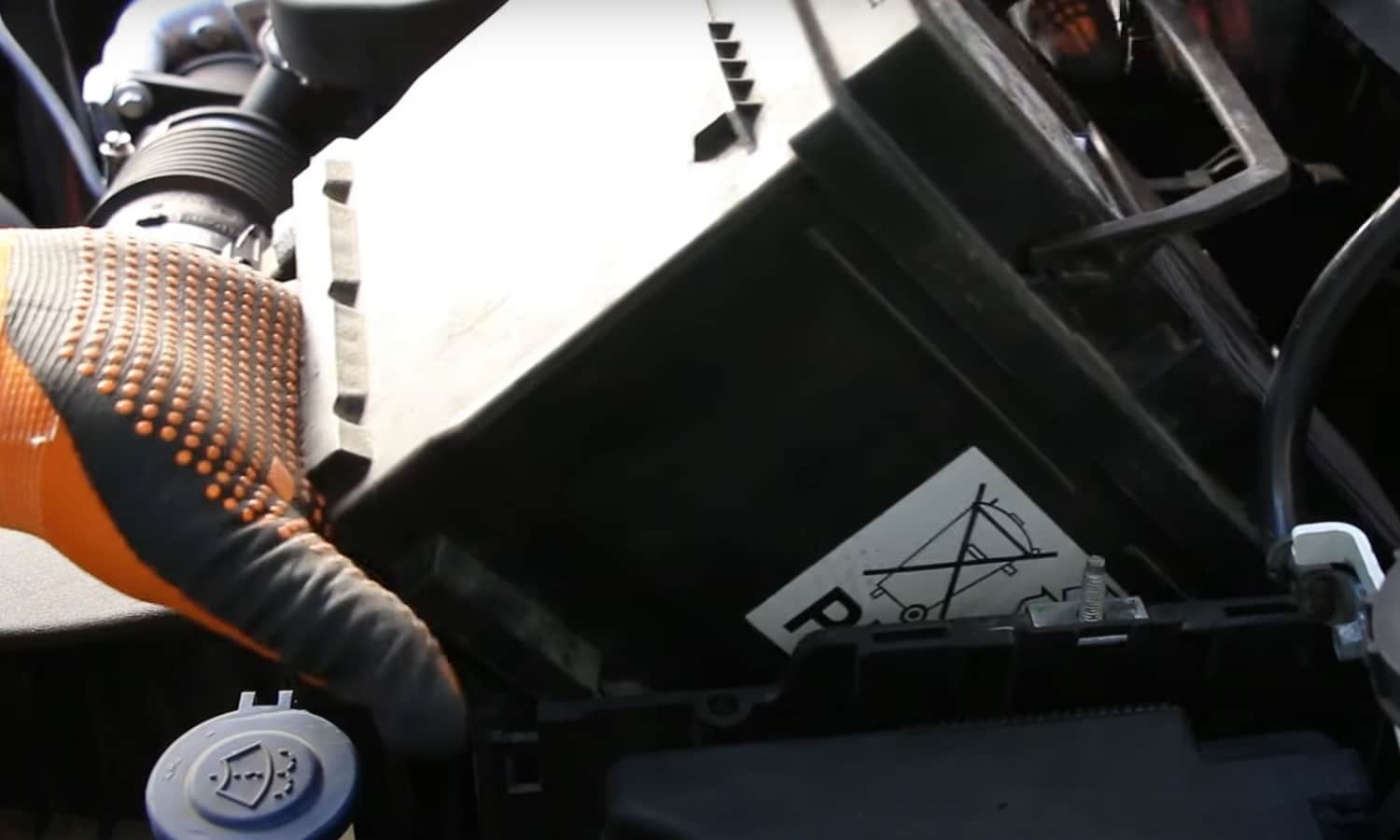
- Place the new battery and screw it.
- Put the positive terminal and squeeze it really hard.
- Do the same with him negative terminal.
- close the lid and ready.
Notice: There are models in which changing the battery is more complicated than in others. There are those that require recovering the configurations later, unless you have used a memory maintainer or similar. These devices maintain the power supply to the car while you change the battery.
Slightly older cars do not usually need a maintainer. It is common for several lights to come on on the dashboard when they are started, but they disappear when driving for a few seconds or minutes. They only tend to miss the radio tunes and little else.
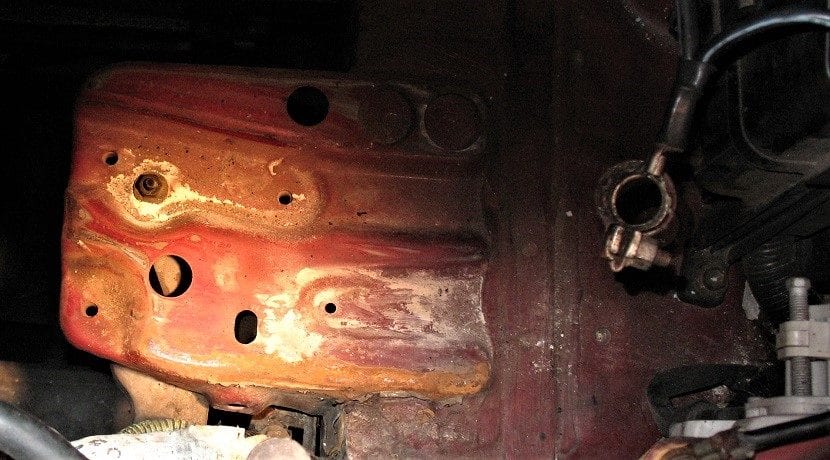
And the alternator?
There is an operation that is recommended to be carried out in cars with many years behind them or in which the battery has lasted a very short time: check the condition of the alternator. If it is in poor condition, it can charge the battery with too much voltage or not reach the minimum necessary to charge it well. In both cases the battery will be damaged in a short time. To do so, you have to carry out the same operation as in the How to check car batteryOnly with the engine running. The alternator will charge well if it gives a voltage between approximately 13,5 V and 14,5 V.
At the beginning of the video of How to check car battery, also explained How to check if the alternator is charging correctly. It is possible that your battery is fine and it is the alternator that is not charging it. For this reason, as explained in the video, whenever the battery is to be checked, the alternator must be checked first. A very simple operation that is done in a minute.
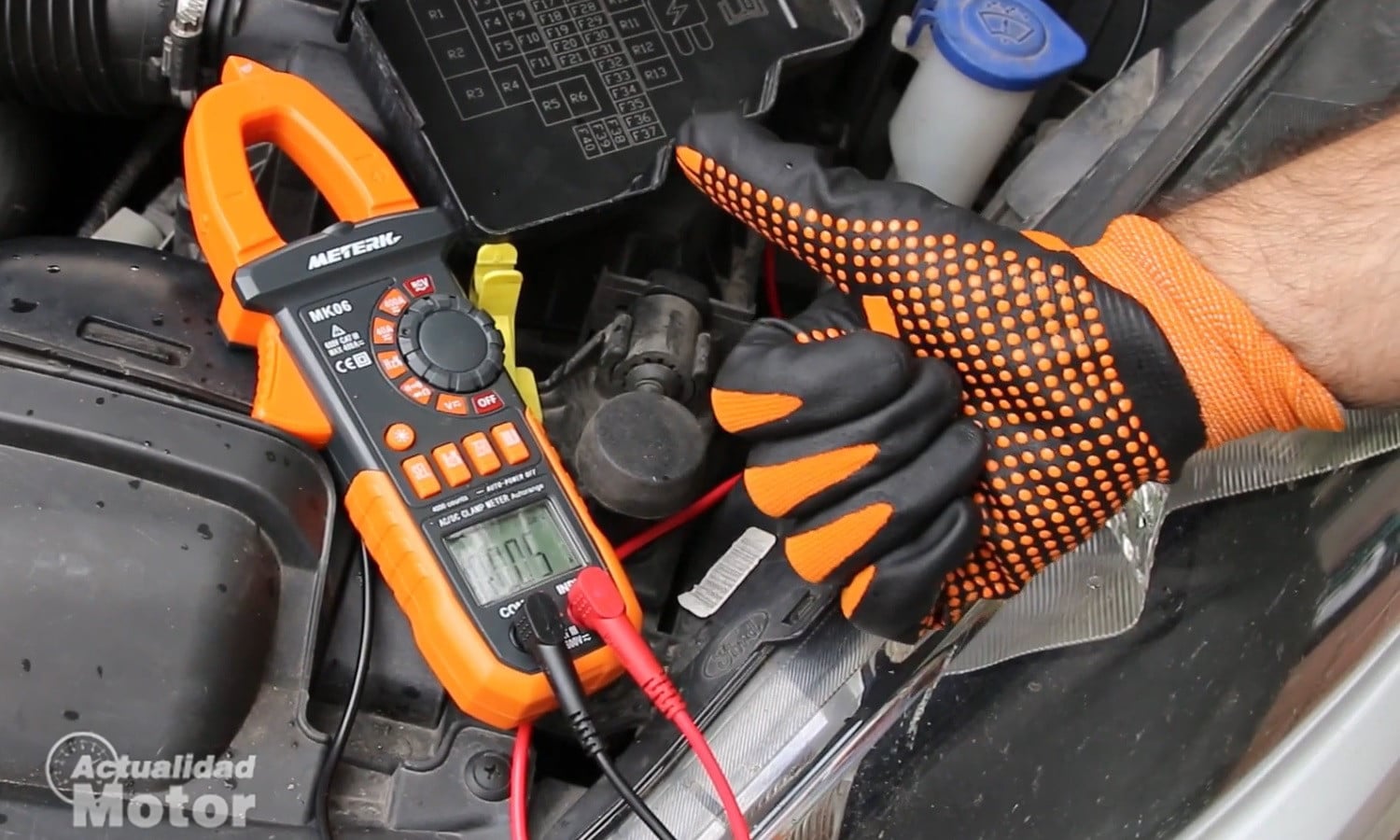
Finally, we remind you that we must take the old battery that we have removed from our car to a Clean Point for can be recycled. Although in many workshops they take care of it if you take it to them. In this way we will ensure that we do not pollute the environment.
Images – Lance Fisher, Arwen_7, pikkuanna, rmkoske

I have a C3 (II) with a 12v 60Ah 640A battery and I would like to know if I can change it for a bigger 12v 71Ah 670A???
My car had a 12v 80ah and 700a…. Can I put a 112v 74ah 740a?
Excessive amps? Please, someone teach the columnist a minimum of basic electricity.
I thought the same !!!. Unless someone has altered the OHM law and they didn't tell me!!! .There can be absolutely NO problem if I put a battery with higher starting current. The load, in this case the motor, will take the necessary current from the battery. Really a very big mistake for a site that pretends to inform and ends up confusing…
Updated information. Thank you for your comments.
Updated information. Thanks for your comment.
I want to know what section of conductor is used to connect the positive of the 12 V 70 A alternator to the battery. Thank you very much.-
Good morning,
the battery i bought comes with a breather tube on the side. The supplier tells me that I must remove it or it will seriously damage the battery, but to leave the hole open. Therefore, I don't understand it. If it stays open, what difference does it make to leave the tube?
Thank you.
The advice you give here is very useful, I would just like to add the following, in case it helps someone, the ground clamps better to the chassis so as not to damage the BMS sensors of the battery, and in the event that it starts with clamps, accelerate the donor car for 5 minutes and then to start the car that has no battery, turn off the donor car as there may be a peak in intensity that could cause a breakdown. It is also important to know how to charge the battery depending on its type.